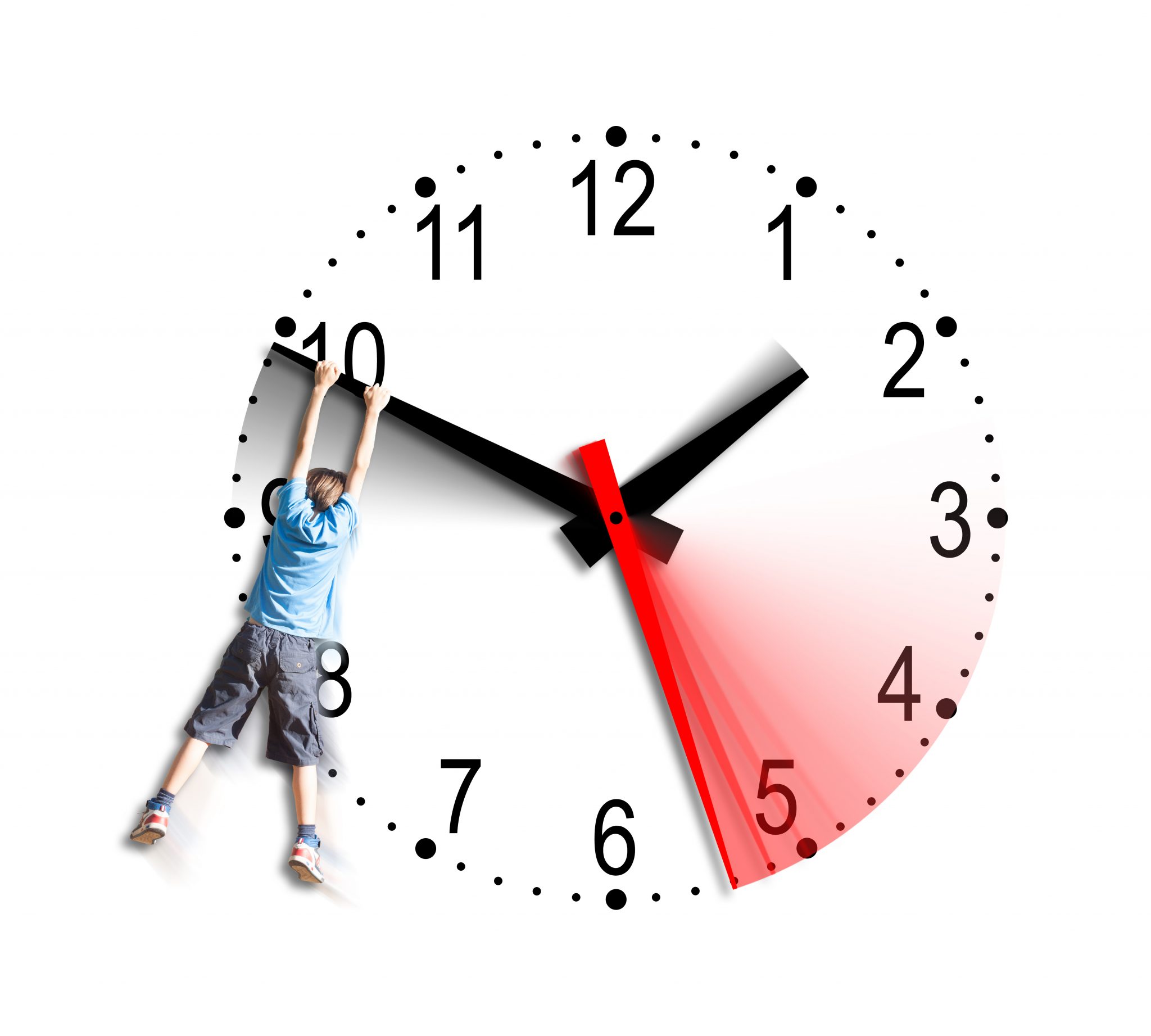“OK everyone find a partner.”
If you work with kids, you know this phrase is the same as hitting a “self -destruct” button for the activity you’re about to do.
Getting kids to engage with a partner and/or organized group is not only important for crowd management, it’s an important social construct. To have a positive experience through school and beyond, kids should be able to connect, engage, and communicate with those both in and outside of their social circle.
Humans are discriminatory animals, however.
In any given situation, we want to interact with people we are familiar and comfortable with. As we mature, we understand the situations in which this is critical, and when it is not. When we’re young however, EVERY social situation is critical.
To a grade school child, choosing to link arms with the wrong person during an activity could have drastic perceived social implications.
Long story short; when we leave kids up to their own devices, the process of choosing a partner or forming groups can be a stressful, frustrating, and largely negative experience with physical activity.
Luckily, I’ve found there are some simple concepts or “Jedi mind tricks” that can make partner and group formation quick, easy and painless for groups from 5-500.
Pre-assignment
 Eliminating the decision-making process altogether by assigning numbers or other designations is a simple and widely-used method of dividing kids into groups.
Eliminating the decision-making process altogether by assigning numbers or other designations is a simple and widely-used method of dividing kids into groups.
This is usually done by the coach or instructor deciding how many groups are needed and kids “count off” up to that number. For example, if four groups are needed, the group of kids would count off individually, “1,2,3,4”. After everyone has been assigned a number, all kids with the same number would form a group.
Other ideas include:
Colors
Animals
Disney characters
Letters
Sports teams
Video games or video game characters
The list could go on. Providing group designations other than numbers gives teams an identity and gets kids excited. This can work well with any age, assuming the group designations are relevant.
Random selection
When kids believe they are being reactive within the rules of a game or activity, they are far less discriminatory. Providing grouping activities that appear to be random in partner selection remove any social complications or considerations.
For example, have kids move around a space. On a whistle or other command, they are instructed to quickly “touch elbows with someone”. After a brief moment, they are instructed to continue to move around the space. This makes kids focus less on who they are interacting with and more on accomplishing the goal of the activity. After a few repetitions of this, the person (or people) they are in contact with becomes their group or partner.
Below are some examples of random selection:
Shark Island
This works well with any size group at any age
Scatter Run Grouper
This works well with any size and age of group, particularly in creating partners or groups of 3
Lava boats (not pictured)
This works well with grade school aged children and boot camp aged adults when the group is large and many groups are needed
- Establish how many groups are needed and divide the total number of kids by that number.
- Place cones commiserate with the number of groups needed in a line.
- Tell kids the ground has just turned into lava (or another relevant scenario) and they need to get in one of the special “lava boats” (line up behind a cone).
- Tell the kids each lava boat holds only “x” (the number from dividing the total number of kids by the number of groups needed)
- The group has 10 seconds after a whistle blows to get onto the lava boats in the appropriate numbers
- To form groups even faster, the instructor can become a “lava monster” attempting (but intentionally failing) to tag participants
Time constraints

It’ amazing how quickly time constraints can eliminate the complexities of decision making. When kids extremely limited time to decide and discriminate their decisions become reactive.
While combining a time constraint to any grouping method makes in even more effective, even something as simple as “you have 5 seconds to get into groups of 3” can be effective.
“Tag” based games in which the instructor is “it” creates a time constraint without using a clock. The instructor’s pursuit creates a time constraint, eliminating the process of choice.
Once an instructor understands the basic mechanics of different grouping methods, not only can they make them more relevant to the age and group size they are working with, they can combine methods to make things even faster or easier.
For example:
- An instructor has 50 kids and would like to break them into 4 groups for a large circuit.
- Play a random selection game like “Shark Island” ending with “4”.
- Each participant in the group of 4 gives themselves a number (pre-assignment)
- Ask #1’s to raise their hand, and instruct them to a designated marker or space
- Repeat for 2,3, and 4.
Now a large group has been quickly and easily divided into 4 “equal” groups using a fun, engaging activity without the stress and frustration of choosing partners.
Combine your creativity with the basic framework above to create a positive, efficient, and fun physical activity experience for the kids (and adults) you work with!
Craig Valency, MA, CSCS, president and co-founder of SPIDERfit, has been a personal trainer for the last 11 years. He is currently working at Fitness Quest 10 in San Diego, an elite personal training and athletic conditioning facility. He specializes in youth strength and conditioning programs that promote physical literacy, injury prevention and optimal performance. Along with training youths from 6 to 18 years of age for general fitness, Craig has also worked with some of the top junior tennis players in the world. He has been a physical education consultant for the Stevens Point school district in Wisconsin for the last 3 years, helping revamp the district wide programming for the K-12 PE curriculum. Craig earned his bachelor degree from UCLA, and Masters Degree in Kinesiology from San Diego State University.





Connect with SPIDERfit!